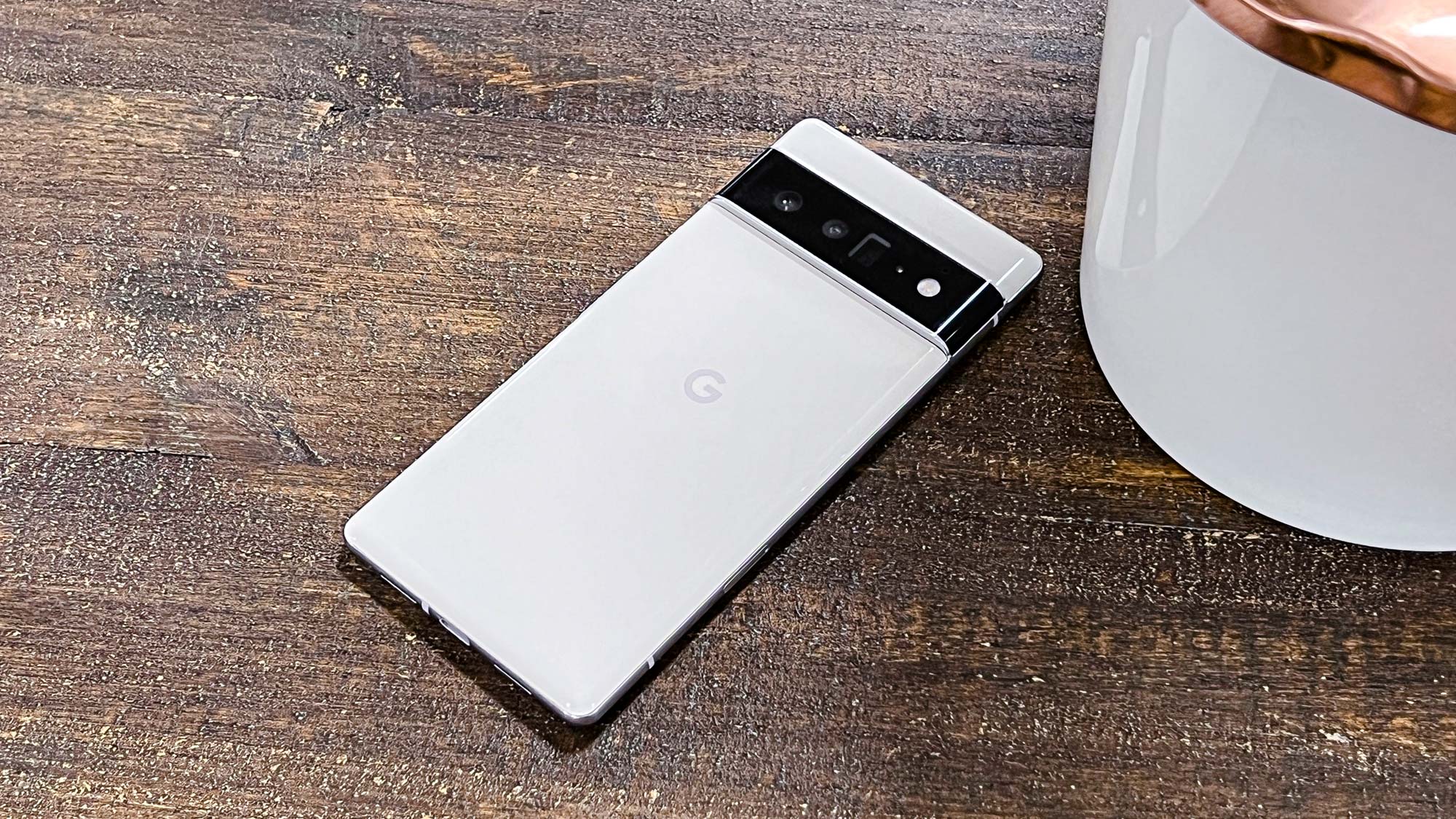Google Pixel 6 just tipped for this surprise upgrade ahead of Pixel 7 launch

The ongoing saga of face unlocking is still haunting the Google Pixel 6, ten months after its release.
To recap, face unlocking was long expected to be part of the Pixel 6 Pro’s security arsenal and even appeared in some leaked marketing literature, meaning it must have been a last-minute decision to pull it.
Google appeared to be working on the feature almost immediately after launch, and last we heard the feature was roadmapped for the next quarterly update.
Two months later, however, neither Pixel 6 has the option, leaving users relying on the slightly flakey in-screen fingerprint reader. Yet, according to 9to5Google’s sources, it could be that self-same fingerprint reader that’s the key to face unlock finally becoming a viable option.
If a face is recognized, but it’s not enough of a match for the phone to be 100% confident, Google’s software will apparently “lower the recognition threshold needed for fingerprint unlock.” In other words, if the camera recognizes you, then the fingerprint reader will accept a less convincing match, with the two working in tandem to be sure of your identity.
Best of both worlds?
Why would you want a face unlocking system that still requires a fingerprint? After all, Apple is confident enough in Face ID to not include a fingerprint scanner at all.
Well, there are two advantages. The first is that it should make fingerprint unlocking far more painless. The 9to5Google piece says that the drop in certainty required for a fingerprint match to unlock is “not an insignificant amount” once identity has been partially assured via the camera.
Get instant access to breaking news, the hottest reviews, great deals and helpful tips.
Secondly, the previous assumption was face unlocking was only destined for the Pixel 6 Pro, thanks to its dual-pixel auto-focus (DPAF) support on the front-facing camera.
9to5Google says that by allowing the fingerprint reader to vouch for the camera’s initial assessment, Google might be confident enough to unleash it on the basic Pixel 6, even without DPAF. Also, it's apparently being tested on the more basic hardware and, if successful it could even appear on the Pixel 6a.
But internal testing and a full release are clearly very different things, and the site also says that it’s possible this is just collecting data for its possible inclusion in the Pixel 7.
We should know in the next few months — Google promised that the next generation of Pixels will arrive this fall, and if past form is anything to go by, an October unveiling seems likely.
Freelance contributor Alan has been writing about tech for over a decade, covering phones, drones and everything in between. Previously Deputy Editor of tech site Alphr, his words are found all over the web and in the occasional magazine too. When not weighing up the pros and cons of the latest smartwatch, you'll probably find him tackling his ever-growing games backlog. He also handles all the Wordle coverage on Tom's Guide and has been playing the addictive NYT game for the last several years in an effort to keep his streak forever intact.

